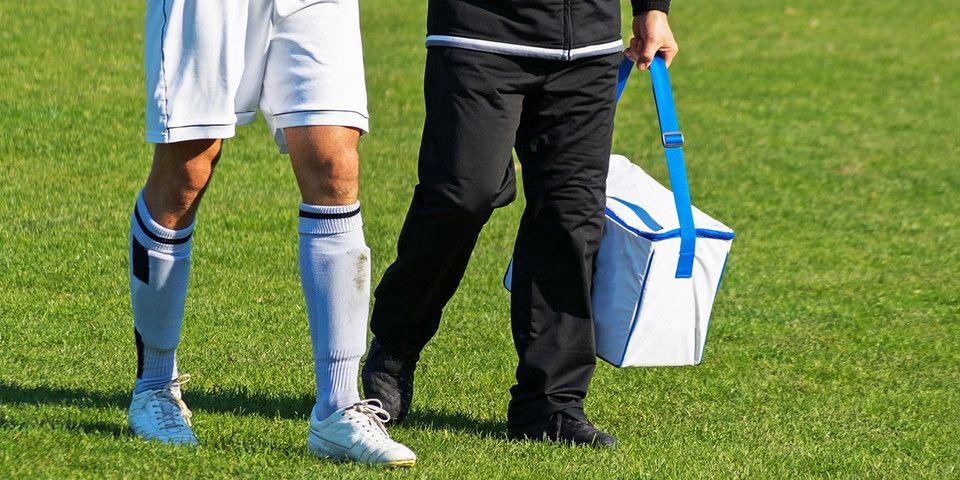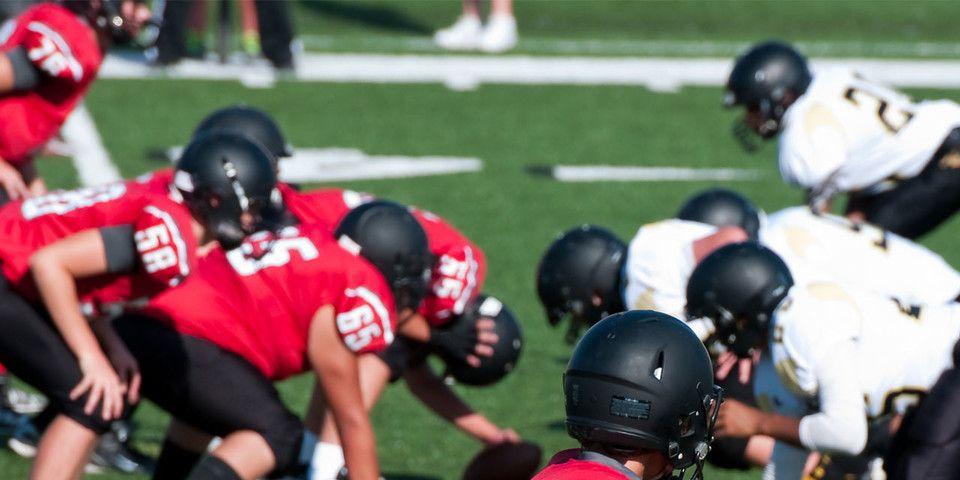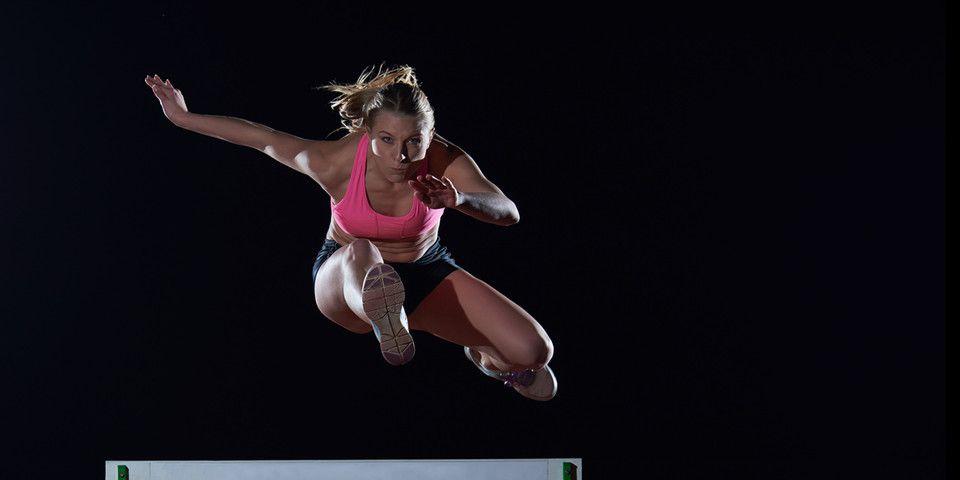Getting the Facts Straight Concerning ACL Injury in Lacrosse
Discover the different treatments for ACL injuries.
A short, tough band of connective tissue in the knee, the anterior cruciate ligament (ACL) is one of four important ligaments that are responsible for stabilizing the joint. But providing stability is just one part of the ACL’s job. It also is responsible for keeping the tibia bone in place in relation to the femur. Additionally, it (along with the other three ligaments within the knee) also facilitates movement.
If you’ve never thought much about this approximately one-inch long strip of tissue that runs diagonally through the knee, then you’ve probably never experienced an ACL injury in lacrosse.
Why specifically mention lacrosse?
Unfortunately, ACL tears are becoming an epidemic of sorts among American lacrosse players - both male and female alike, and at all levels of competition.
Because lacrosse requires a significant amount of planting and turning during the course of play, the strength and flexibility of the ACL are heavily tested as it is asked to provide a high level of rotational stability to the knee joint. For most of life's common, everyday activities — walking, bending or climbing — the ligament performs without issue. But the added stress of sports such as lacrosse can significantly increase the risk of injury to the ACL.
As Dr. Richard Hinton, former physician for the U.S. women's lacrosse team and a member of US Lacrosse's Sports Science and Safety Committee stated,
“The knee has very complex biomechanics, and there are any number of places where the knee joint can fail when it is overstressed. There's a greater potential for injury associated with jump, cut, twist, turn sports."
Before considering the nature of ACL injury in lacrosse settings, it’s important to have an understanding about some of the statistics related to this issue in general.
For example, according to Rothman Orthopaedic Institute knee specialists:
-
The ACL provides the knee with 90% of its stability
-
Nearly 100,000 cases of ACL injuries require ligament reconstruction each year
-
50% of the time, an ACL tear occurs along with damage to other structures in the knee
-
The ACL is most frequently injured in patients between the ages of 15 and 45
The American Orthopaedic Society for Sports Medicine reports that:
-
There are between 100,000 and 250,000 ACL injuries annually in the U.S.
-
Sports participation accounts for 70% of those reported injuries
-
Only 30% of the total ACL injuries are a result of contact or impact (most are due to sudden change of direction)
Among all athletes, it is widely agreed that females are more likely than males to sustain an ACL injury, but this commonly known statistic does not hold true when it comes to lacrosse.
In fact, the injury is described as a sports medicine “epidemic” across the board for all lacrosse players.
U.S. Lacrosse reports that:
-
ACL injuries are the leading cause of game and practice missed time by lacrosse athletes
-
Statistically, it's becoming uncommon to go a season without losing a player to an ACL
So, we’ve laid the facts out for you. Now let’s get around to a bit of good news!
What Can be Done to Prevent ACL Injury in Lacrosse?
The good news is that for the athlete who is aware of the risk and willing to put in some extra effort, there are a few ways to significantly decrease the possibility of suffering an ACL injury.
First, athletes must be trained to land softly and with proper mechanics and posture. If the knee has to absorb the weight of the body and the energy of the landing, the ACL can be tested beyond its capacity.
Hip and core strength are directly related to posture and overall body control, those aspects of an athlete’s fitness can also be very important in preventing ACL injuries. Including exercises that target these areas of strength may help to prevent an injury.
Lastly, general coordination can also impact susceptibility to injury. Players, even at advanced levels, should commit to regular agility, movement, and balance training.
Should you find that you have damaged your ACL, there’s one more piece of good news you should know. Rothman Orthopaedic Institute boasts high success rates for long-term patient outcomes related to ACL treatment, which means you’ll still be able to play lacrosse after ACL surgery. And if you live in the tri-state area, then there’s a Rothman location near you! Visit us here or contact us at 1-800-321-9999.
Related Physicians
Related Specialties
Related Conditions
Related Programs
-

Athletic Training- Sport Medicine Outreach
Our Field Athletic Trainers provide direct sports medicine care to youth, high school, college and professional athletes. Rothman AT’s provide athletic training services throughout Southeastern PA to interscholastic high schools, colleges, as well as tournaments and special events.Read More -

Injury Prevention Program
The Injury Prevention Program at the Rothman Orthopaedic Institute is dedicated to the prevention of injuries from athletic participation, particularly youth sports.Read More -

Women’s Sports Medicine Program
The Women’s Sports Medicine Program at the Rothman Orthopaedic Institute is the first of its kind in the Philadelphia metro area and one of only several such programs specializing in the comprehensive care of the female athlete in the country.Read More




